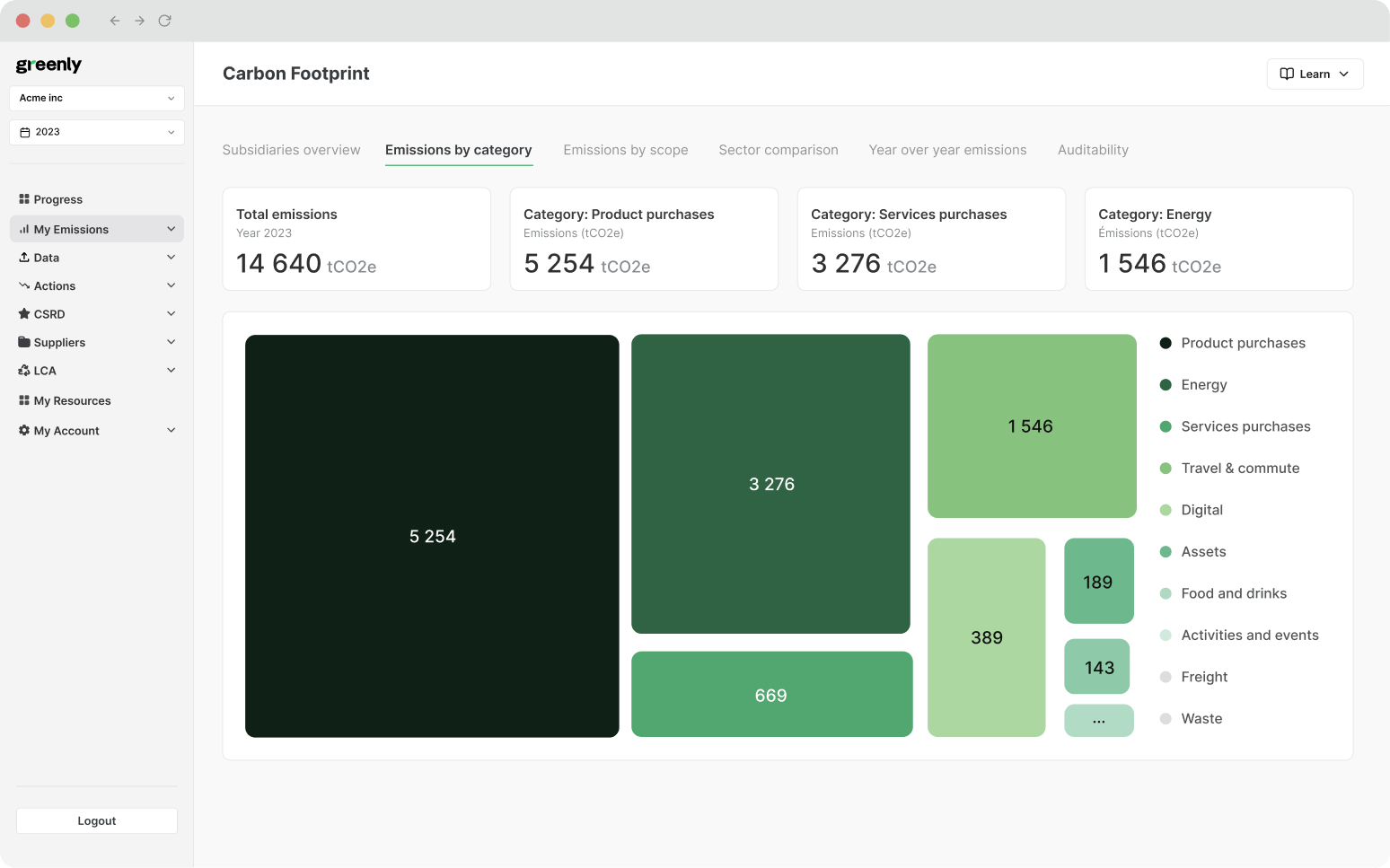ESG / CSR
Industries
What is Regenerative Farming?
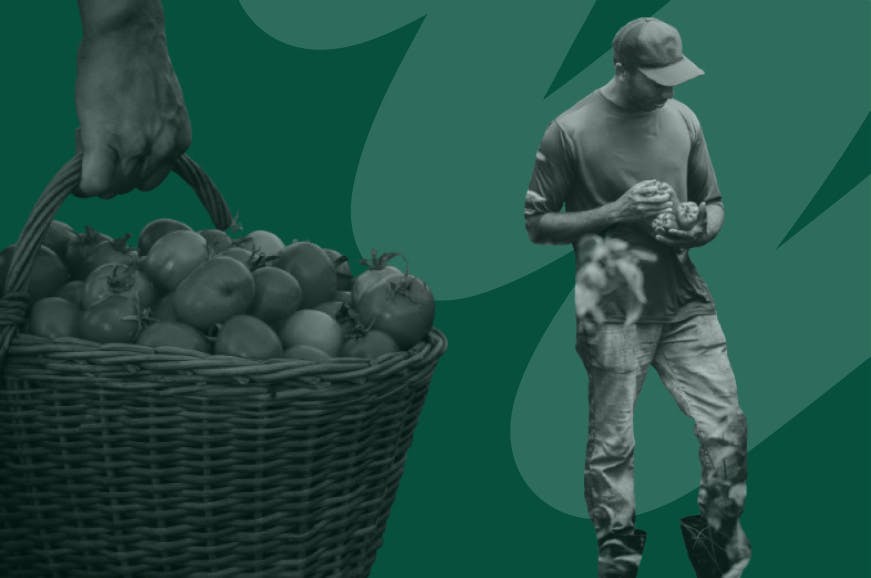


As climate change and droughts persist, the threat of global warming and how it could impact already-existing food scarcity counties loom over the planet – but luckily, regenerative farming could serve as the answer.
There are several ways in which we have made an attempt to ensure produce remains plentiful despite our now unpredictable climate – such as with green houses and utilizing Genetically Modified Organisms (GMOs), but regenerative agriculture can help to prevent food scarcity without sacrificing quantity or quality.
In this article, we’ll break down what regenerative farming is, how it could prove helpful during climate change, and other alternatives.
What is regenerative agriculture and farming?
Regenerative farming refers to the process of nurturing and revamping degraded soils to help enhance biodiversity and boost a farmer’s overall harvest – ultimately aiding in both their productivity and profitability.
In the same manner as climate smart farming, regenerative farming aims to work with nature instead of against it – as regenerative farming works to reverse degradation, improve soil health, and make its surrounding environment more conducive to a plentiful harvest.
Key Components of Regenerative Farming
Here are some of the key aspects of regenerative farming:
- Soil Health Improvement – Regenerative farming will seek to improve soil structure such as by supporting microbial, life, preventing erosion, adding organic matter to the soil, ensuring nitrogen levels are sufficient, and avoiding the use of pesticides and synthetic fertilizers.
- Boost Biodiversity – As biodiversity can help to support the surrounding environment by stabilizing temperatures and plantlife, regenerative farming focuses on crop rotation, food forests, adding livestock, and planting new trees or shrubs in farming areas to promote carbon sequestration.
- Reducing Water Usage – Working to monitor water consumption is an important facet of climate change, but it’s also an imperative component of regenerative agriculture – as reducing water waste helps to build resilience to future droughts, ensures soil moisture retention, and can protect waterways from water pollution or erosion.
- Building Climate Resilience – Think of someone slowly running a little but more everyday in order to build up their strength for a full-length marathon. The same concept goes for regenerative farming, as efforts to store carbon in nearby soil can help to reduce atmospheric CO₂, improve overall soil conditions, and allow farmers to more easily assimilate to better practices in the midst of climate change.
- Improved Livestock Management – Animals play an important role in regenerative farming, and in regenerative agriculture – farmers will often make an effort to relocate animals across land to mimic natural grazing patterns, use multiple different species to reduce potential parasites, and aim to recycle manure to enrich the soil.
- Economic Benefits – Regenerative farming isn’t only better for the environment and for a lucrative harvest season, but it can reap invaluable economic benefits – as more crops can help to support local markets, reduce freight emissions, and encourage greater social responsibility in farm labor.
As a whole, regenerative farming can help to restore and enhance soil health, biodiversity, and boost climate resilience to support a more stable food supply, our global economy, and encourage more sustainable farming practices.
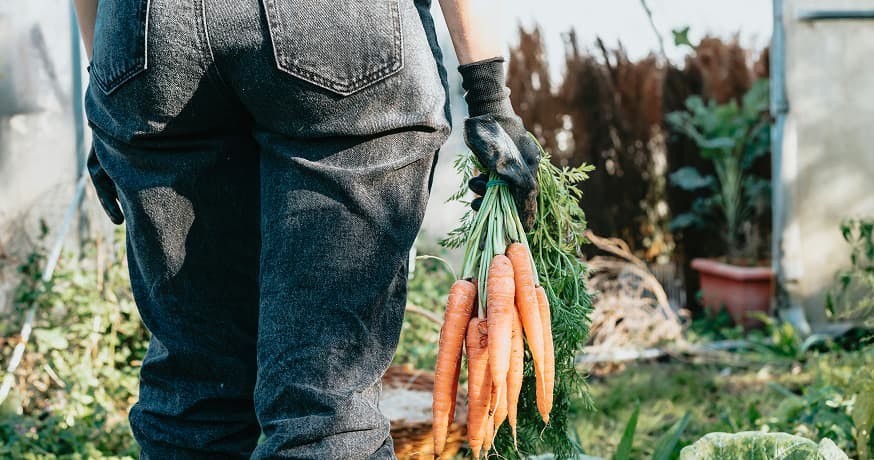
Why is regenerative farming important?
Regenerative farming is important as it can help boost soil health, allow for more quality and nutrient dense crops to be grown, and help to protect farmland as opposed to destroying it – which is essential in the midst of climate change as natural disasters, droughts, and increased deforestation all pose a threat to agriculture as we currently know it.
As climate change is already menacing in terms of productive farming, which is essential to support communities and our economies worldwide – regenerative farming is pivotal as it teaches us how to work with nature instead of against it.
Without regenerative farming, it could become increasingly difficult for farmers to grow food, conserve water, reduce the use of synthetic chemicals – or to even employ people and ensure long-term success and sustainability of their farming business.
What are the benefits of regenerative farming?
Regenerative farming can help to benefit the environment, economy, and even the mental and physical health of people in your local community.
Here’s a breakdown of the benefits of regenerative farming:
Environmental benefits
As regenerative farming can help to boost soil health and fertility, it can help to support carbon cycling and biodiversity in the surrounding air and bodies of water.
Additional ecological benefits of regenerative agriculture include:
- Boosting soil’s water-holding capacity
- Helping to encourage more diverse and plentiful plant, bird, and insect species
- Avoiding soil erosion
- Mitigating water pollution
Economic benefits
Regenerative farming can economically benefit both the farmers and consumers, such as how it can allow for cost savings on behalf of those working in regenerative agriculture or help to boost local businesses and stimulate regional economies.
The economic benefits of regenerative farming include:
- Allowing farmers to reduce operational costs as they will eschew the need for most chemical fertilizers and pesticides
- Diversified revenue streams which allow for lucrative financial endeavors
- Boosting local economies by promoting local, healthier produce and providing locals with new employment opportunities
Community benefits
Potentially the most overlooked advantage of regenerative farming, communities are bound to experience multiple benefits – such as improved health of residents in their local community in addition to boosting their economies.
Here’s how regenerative farming can benefit local communities:
- Regenerative farming allows for a greater network of farmers who are willing to learn new climate smart farming techniques from one another, which in turn can help to build a more supportive community – which is essential whilst working to fight against climate change as a whole;
- Improving the relationship between consumers and the produce that they purchase, as regenerative farming ensures honest, holistic, and sustainable practices – which can also help to avoid misleading eco-labels or potential greenwashing;
- Regenerative farmers may get more joy out of their job as a result of regenerative agriculture practices – as it goes back to the root of farming without the use of superfluous technology or chemicals;
- Residents in communities where regenerative farming is prioritized will experience health benefits from fresher produce, which can help to reduce eco-anxiety, avoid respiratory illnesses from air pollution caused by traditional farming tactics, and boost overall health.
Overall, regenerative farming can provide indispensable benefits for everyone involved – making it one of the most lucrative and sustainable ways to both protect our planet and also ensure food security.
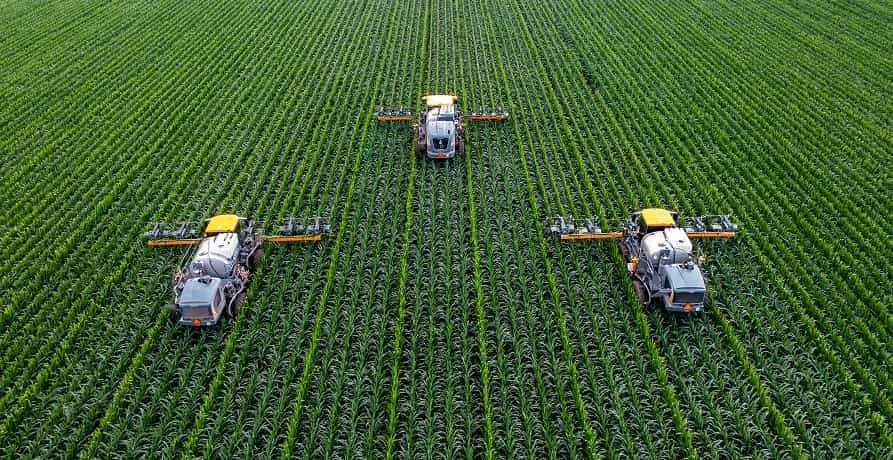
How does regenerative farming work?
Regenerative farming works by utilizing various techniques to ensure that the farming practices work alongside nature instead of against it, such as with cover cropping, no-till farming, and agroforestry.
It is important to note that regenerative farming does not require the use of all of these techniques, but rather an effort to “work smarter, not harder” – as farmers should pick the mechanisms most likely to boost their individual productivity in agriculture.
Examples of regenerative farming techniques
Here are a few examples of the many different ways that regenerative farming can effectively be employed:
- Cover Cropping – This refers to the practice of planting crops not to be harvested, but rather to protect the soil underneath. This helps to mitigate soil erosion, ensure soil quality, avoid weeds and pests, boost biodiversity, and support wildlife.
- Rotational Grazing – As an effort to mimic the manner that larger animals would move in open grasslands, regenerative farming often utilizes rotational grazing – which can help encourage livestock to move between pastures more frequently and boost soil fertility.
- Composting – Although an already simple and common practice for households across the globe to help mitigate global food waste, composting is also a viable tactic in regenerative farming – as it can help facilitate the process of turning food waste into fertilizer.
- No-till Farming – This is a farming technique that aims to keep soil undisturbed from plowing or other invasive processes, but rather allowing the crop to grow freely. In the same way that flossing too hard or frequently could irritate your gums, leaving soil to its natural processes can help to boost its health and therefore encourage more plentiful and nutritious produce.
- Agroforestry – As an indigenous practice designed mimic forest systems by planting various trees and shrubs in your existing agricultural environment, agroforestry can help to support regenerative farming as it helps to boost tree-crop production, interact with livestock, and protect the surrounding environment.
The table below will explain how each of these methods can help to support regenerative farming and exactly how it ensures a more plentiful harvest – therefore benefitting the environment, farmers, economies, and local communities.
| Regenerative Practice | How It Supports Regenerative Farming | How It Ensures a More Plentiful Harvest | Environmental Benefits | Economic & Community Benefits |
|---|---|---|---|---|
| Cover Cropping | Planting non-harvested crops to protect and enrich the soil. | Prevents erosion, retains moisture, and restores nutrients for healthier crop yields. | Reduces soil degradation, improves water infiltration, and enhances biodiversity. | Lower input costs for fertilizers, higher long-term yields, and more resilient farms. |
| Rotational Grazing | Moving livestock between pastures to prevent overgrazing and promote grass regrowth. | Encourages healthier soil, which leads to more nutritious and abundant forage for livestock. | Improves carbon sequestration, enhances soil structure, and supports ecosystem balance. | Increases farm productivity, reduces veterinary costs, and strengthens local meat and dairy industries. |
| Composting | Recycling organic waste into nutrient-rich soil amendments. | Boosts soil fertility, improving plant growth and resistance to pests and diseases. | Reduces landfill waste, lowers methane emissions, and restores natural soil health. | Reduces fertilizer costs, supports organic certification, and creates local composting businesses. |
| No-Till Farming | Minimizing soil disturbance to maintain its structure and microbiome. | Prevents soil erosion, retains moisture, and encourages deep root growth for stronger crops. | Increases carbon storage, prevents desertification, and reduces water runoff. | Reduces fuel and labor costs, improves long-term yields, and stabilizes rural economies. |
| Agroforestry | Integrating trees and shrubs into agricultural land for shade, habitat, and soil protection. | Enhances microclimates, reduces crop stress, and diversifies farm income. | Increases biodiversity, reduces greenhouse gases, and protects watersheds. | Creates additional income streams (fruit, nuts, timber), supports pollinators, and strengthens food security. |
In the end, there are a multitude of ways to implement regenerative farming techniques into your current agricultural practices – making regenerative farming a personalized and approachable experience.
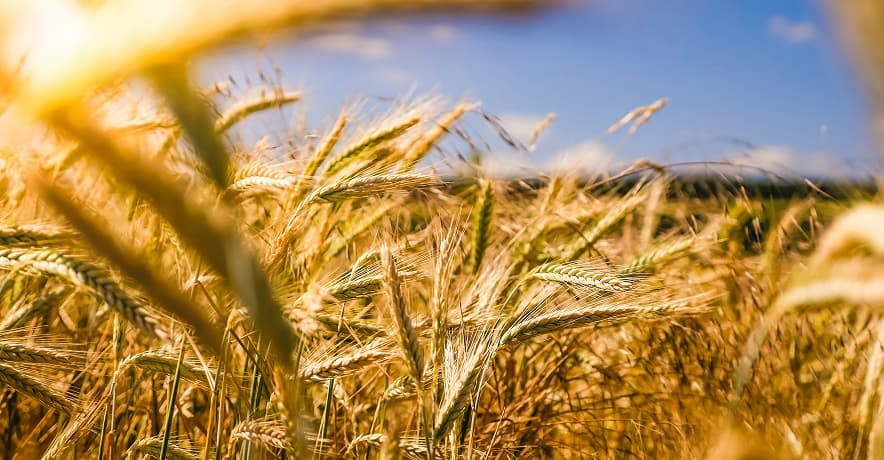
Is regenerative farming a good solution in the midst of climate change?
Regenerative farming is an excellent solution for everyone as global warming and natural disasters continue to threaten food scarcity, the economy, and the business repercussions to be faced by farmers.
Since regenerative farming can help farmers not only avoid, but adjust to the new circumstances associated with climate change – it’s the most quintessential approach to help farmers, businesses, and local communities prepare for the future repercussions and agricultural drawbacks of climate change.
Is regenerative farming the same thing as climate smart farming?
Yes, in short terms – climate smart farming and regenerative farming are the same thing, as both focus on more ecological and efficient farming techniques aimed to protect the surrounding environment and wildlife while also yielding a productive harvest.
Both climate smart farming and regenerative farming zone-in on:
- Improving carbon soil levels
- Carbon sequestration
- Building crop-resilience to extreme weather conditions
- Decreasing dependence on pesticides and synthetic fertilizers
- Restoring ecosystem health
- Reducing the environmental impact of traditional farming
Overall, regenerative farming serves as a great way for farmers to accommodate for the newfound challenges in agriculture as a result of climate change – and if your business needs help finding ways to employ regenerative farming or other sustainable tactics, third party companies like Greenly are always here to help.
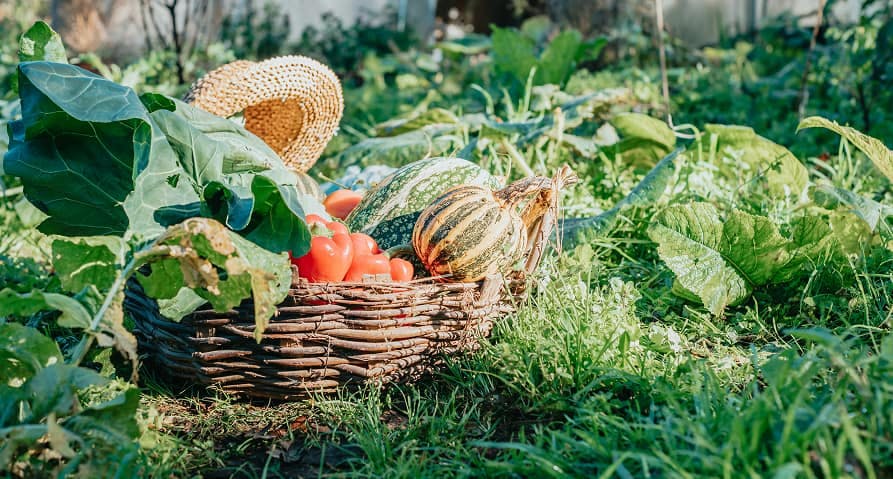
What about Greenly?
If reading this article on regenerative farming has inspired you to consider your company’s own carbon footprint, Greenly can help.
At Greenly we can help you to assess your company’s carbon footprint, and then give you the tools you need to cut down on emissions. We offer a free demo for you to better understand our platform and all that it has to offer – including assistance on how to reduce emissions, optimize energy efficiency, and more to help you get started on your climate journey.
Learn more about Greenly’s carbon management platform here.
